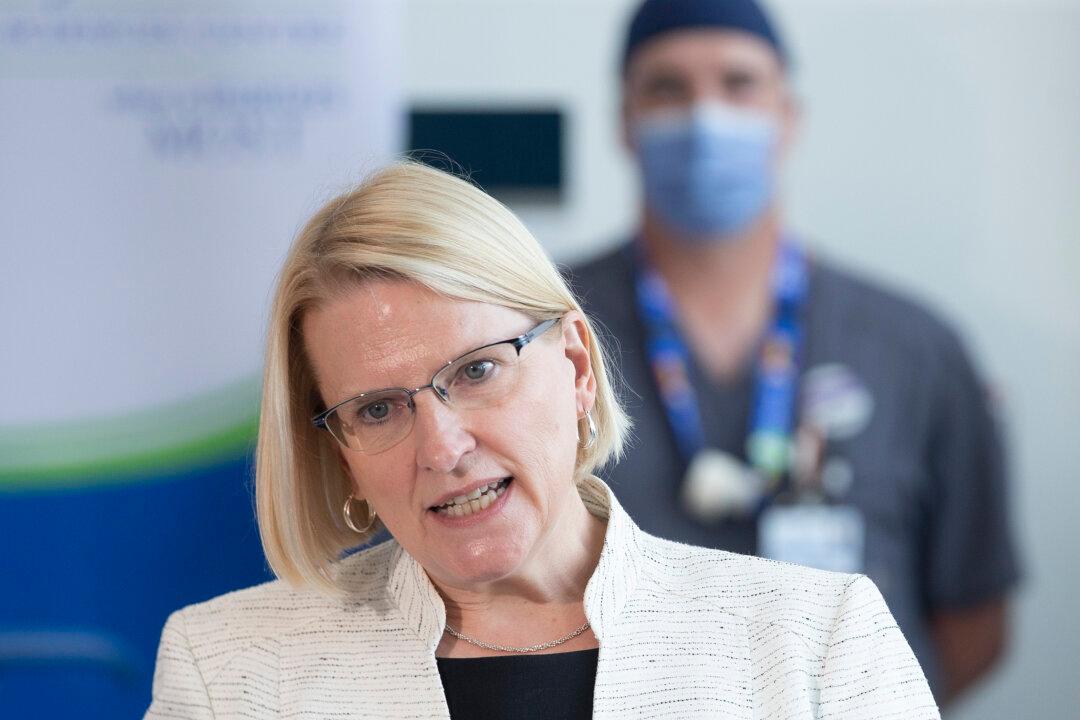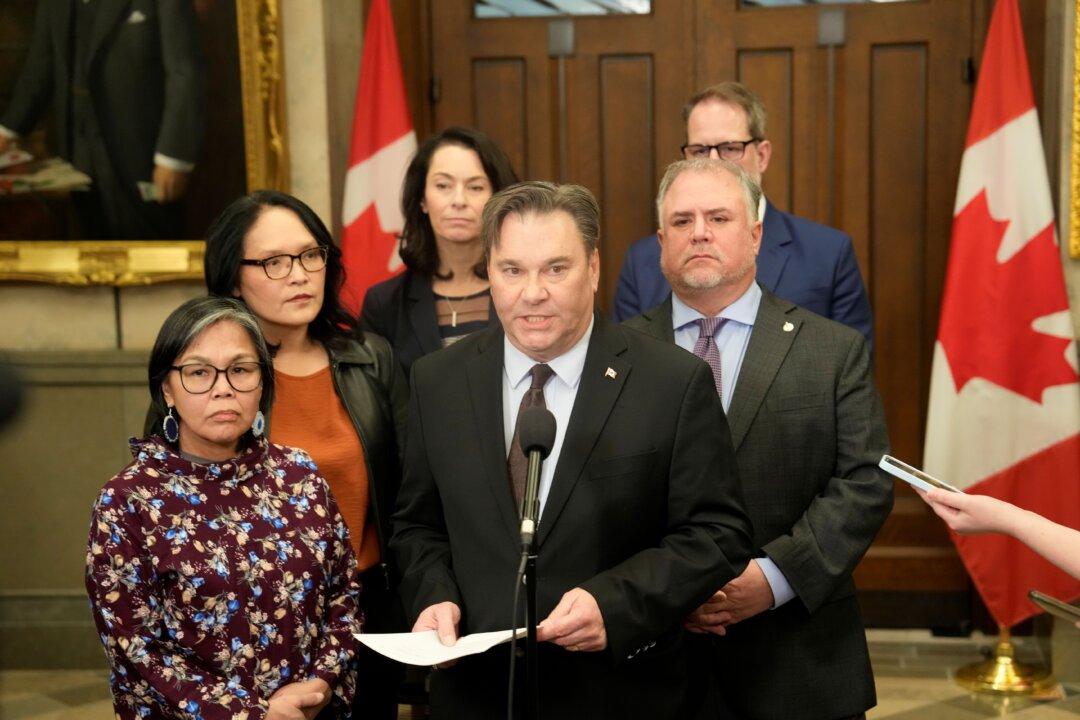The Ontario government says it is looking to increase publicly covered surgeries performed at private clinics to help alleviate the province’s surgical waitlists, among several other measures.
Health Minister Sylvia Jones announced Ontario’s “Plan to Stay Open” on Aug. 18, saying the province needs to be “bold, innovative and creative” when looking for ways to ease health-care pressures.





